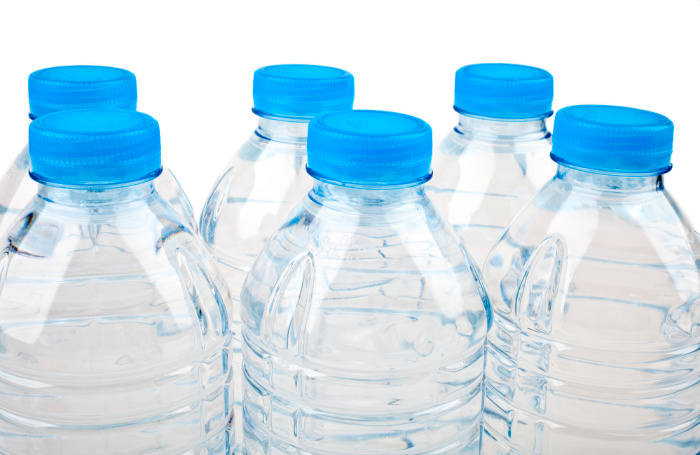
Today it’s all about why you need emergency storage water for survival. If we turn on the television or read a newspaper it’s quite evident that if a disaster were to affect our community the water may be shut off in a split second. That’s right, with zero warning.
Please do not count on using that water heater unless you have a turn off valve you can switch BEFORE your water is contaminated. Oh, and if you have a pool, if we lose power for an extended amount of time that water source will become a poisonous algae mess.
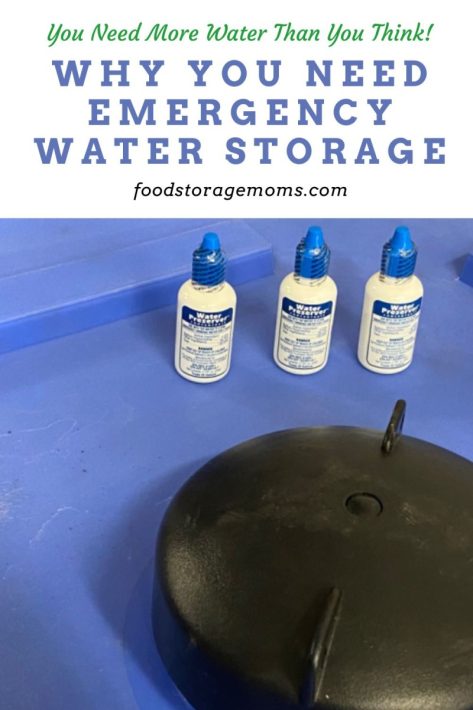
Or, the water coming through our water lines could be contaminated and we will be unable to safely drink it, cook with it or even shower with it. I don’t want to be standing in line to get a case of water for my family from my city government after an unforeseen disaster unless my home is totally destroyed. American Red Cross (see page 7)
I have seen the lines on television with people waiting to get a case or two of water from their city offices. Please store some water for your family so you will be prepared for the unknown. I suggest four gallons of water per person per day.
I know the American Red Cross suggests only one gallon per person per day. I need water and lots of it. That’s all I drink all day, I would rather have too much water than have to tell my family “We are out of water.” Yikes!
Emergency Water Storage
One thing to think about is after water is stored for a long period of time the taste may not be what you are expecting. For this reason, I suggest storing some hot chocolate mix (or making your own) and some flavored packets. I’m just giving you the heads up here.
I think you know what I’m talking about, like when you go to a restaurant and the water is filtered, it tastes good. Sometimes we go to another place and the water is not filtered and the water doesn’t taste so great.
I highly suggest you keep water in your car in case you need to evacuate your home, or even if you are traveling and the car breaks down or the road is closed for an extended time. I was thrilled to see my daughter in California has two cases of Blue Cans in the back of her car for emergencies! Blue Cans *Please note, Brownells is out of stock right now now, PLEASE get on their, PLEASE NOTIFY ME LIST.
I want you to think about where you would have to go get water if your water supply stopped. For instance, I live in Northern Utah where much of the water comes from the Jordan River, which is about 2 blocks away form my house.
If it was tainted, I would not go south 20 miles to Utah Lake because they get algae several times a year because they also get some of their water from the same source. Most of our water comes flowing down the canyons so most of the time should have some water sources. But I never depend on that water.
I’ve Waited Three Years To Fill These
Most of you know it took three long years to have our small 1000 square foot home built. It’s an ADU aka Accessory Dwelling Unit you can build behind another home if you can get your city to approve the plans. After 1-1/2 years we finally got the city to do their job. It has not been a good experience waiting for your food storage and water tanks being stored in climate control units for 3 years, we spent over $10,000.00 keeping our supplies safe.
So, this last weekend we washed them with bleach, no soap, I don’t want bubbles or soap in my tanks. We have one 250 gallon high capacity tank and two 160 gallon tanks that stack on top of each other. All three units have two spigots. Please bear with me with me while I share the pictures on what we had to do to fill, keep in mind they were filled in Southern Utah. We drained them to move, of course.
1. Lead Free Drinking Water-RV Hose
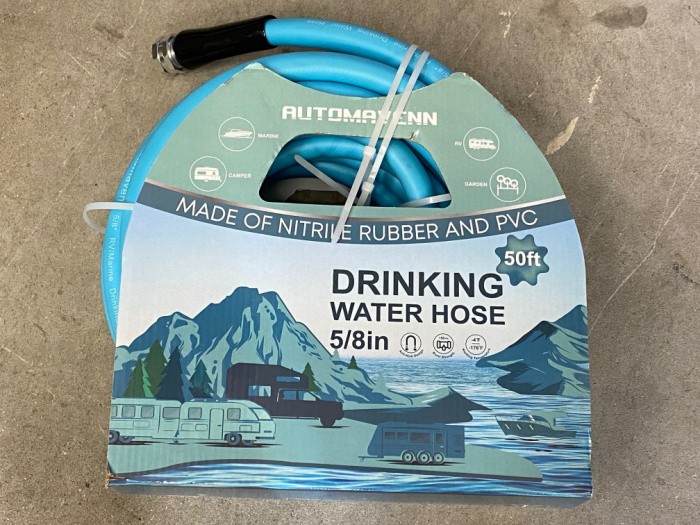
2. Water Preserver Filling 160 Gallon Tanks
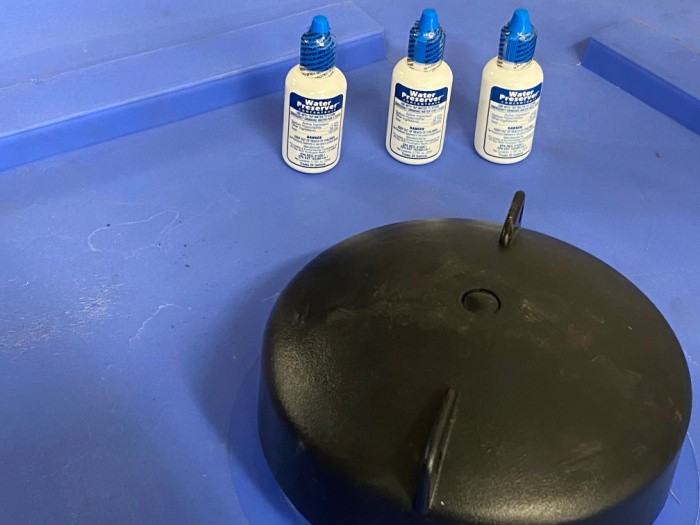
3. Two Stackable 160 Gallon Tanks
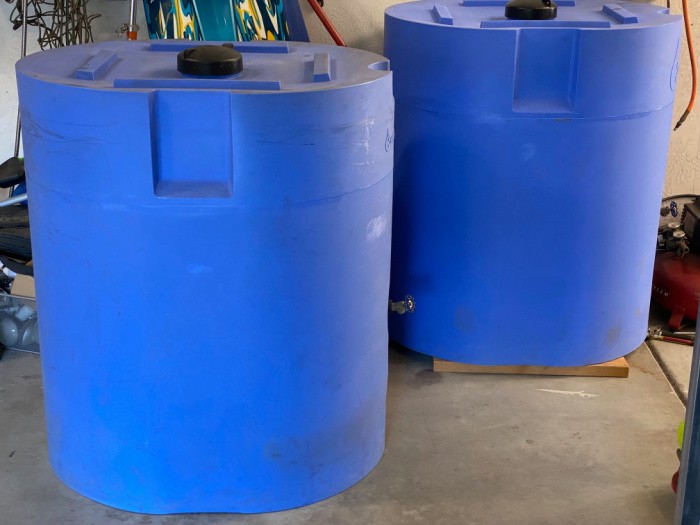
4. 160 Gallon Stackable High-Capacity Tanks
I was asked to try out one of these tanks and I purchased a second one. Yes, I wrote a great review on them. I wish I could have gotten my neighbors in Southern Utah to buy them. We could have gotten them 1/2 price, they were not interested.
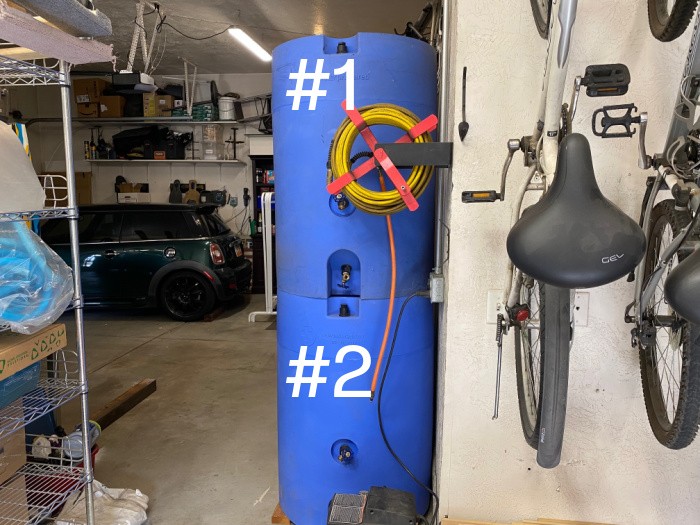
5. 250-Gallon High Capacity Tanks
I bought this one in Southern Utah and was able to get a good price for my neighbors but most people were not interested in storing water. Only one neighbor in our church decided to get one. He understood the need to store water. Oh well, I have water in mine now, and I’m a happy woman. I would not have made any money, but the church there would not allow me to advertise for products even for 1/2 price, what a shame.
As you can see we needed a ladder to fill this one. We are going to anchor it to wall after we gat the anchor at Home Depot. All tanks are on 2 by 4’s of wood to keep them on the concrete. Someone asked me where I heard that I needed to this, I cannot remember, what can it hurt? So I do it.
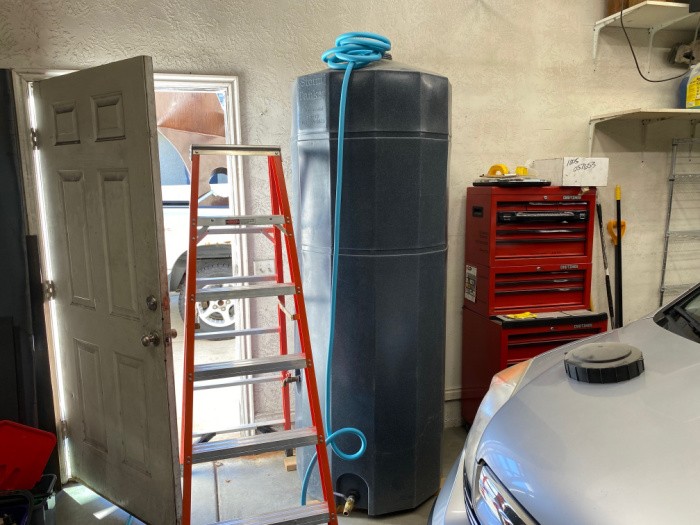
Possible Water Contamination
It is vital to have water storage to sustain life and ultimately survive. Many times in natural disasters the electricity goes down and we are unable to access water via our hoses, taps, etc. because the local water utility, or even home well systems no longer work.
Sometimes the water is contaminated by flooding and cross-contamination from sewage. You will need water for a minimum of three days. If we don’t have water, we will not be able to use much of the freeze-dried or dehydrated food we plan to eat every day when challenges come our way. Of course we can eat and drink the liquid i the canned ffoods like fruits and vegtables.
Lead-Free Hoses
Some water hoses have lead in them; use a lead-free hose to fill your containers. Lead Free Hose
Minimum water needed per day:
- 1 gallon per day per person to stay hydrated. If you live in an extremely HOT area you might need more.
- 4 gallons per day, per person, allows for personal hygiene, washing of dishes, hydrations, and cooking, etc.
- 5-12 gallons per day would be needed for a conventional toilet.
- 1/2 to two gallons for a pour and flush latrine.
Boiling water for use:
- Boil filtered and settled water vigorously for one minute (at altitudes above one mile, boil for three minutes).
- To improve the flat taste of boiled water, aerate it by pouring it back and forth from one container to another and allow it to stand for a few hours, or add a pinch of salt for each quart or liter of water boiled.
Bleaching/purifying water:
- Information from Clorox: When boiling water for 1 minute is not possible in an emergency situation, you can disinfect your drinking water with Clorox®Regular-Bleach as follows:
- Remove suspended particles by filtering or letting particles settle to the bottom.
- Pour off clear water into a clean container.
- Add 8 drops of Clorox® Regular-Bleach (not scented or Clorox® Plus® bleaches) to one gallon of water (2 drops to 1 quart). For cloudy water, use 16 drops per gallon of water (4 drops to 1 quart).
- Allow the treated water to stand for 30 minutes. Water should have a slight bleach odor. If not, repeat and wait another 15 minutes. The treated water can then be made palatable by pouring it between clean containers several times.
Storing Water Ideas
Water Preserver Concentrate **This Water Preserver only needs to be changed out every five years. The bleach used in water containers will need to be rotated out every six months.
- Water Preserver is recommended by top emergency professionals
- It is approved by the EPA
Final Word
We must have emergency water storage for survival. You will be glad you did, I promise. I didn’t cover the various storage container options you should consider based on storage space, the number of people you’ll be storing water for, and the available budgeted funds. May God Bless the World, Linda
Copyright Images: Depositphotos_26778051_m-2015
The post Why You Need Emergency Water Storage appeared first on Food Storage Moms.
from Food Storage Moms
No comments:
Post a Comment